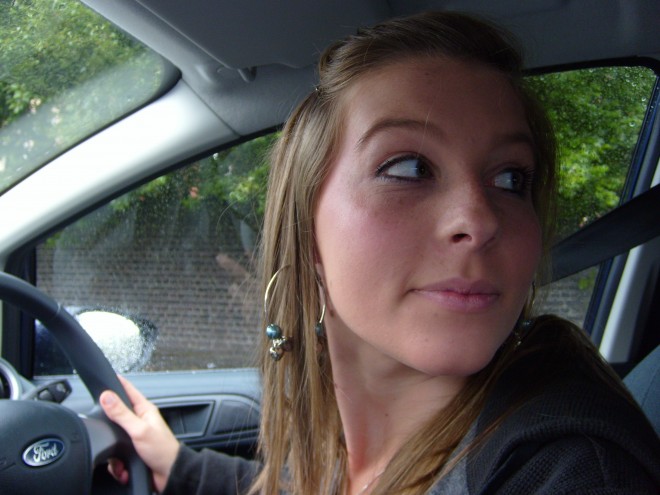Traditionally this is known as the ‘Three Point Turn’ but the truth is that it doesn’t have to be done in three movements. A driving test examiner will be perfectly happy to see the manoeuvre done in five movements and sometimes more provided that good observations are kept up throughout.
That’s the key. If you look around a lot and act properly on what you see then provided you don’t wallop or mount the kerb you will tend to pass on this manoeuvre. It’s a very good test of whether you can manoeuvre a car safely and that’s why it’s been part of the driving test since 1935.
To start with you need a safe, convenient and legal place (SCALP) to do the TIR. It needs to be somewhere where other drivers can see you in time to react (not close to a bend or just over a hill) and somewhere where you aren’t going to cause chaos(a busy road or near children) or break the law (a one way street or maybe where U-turns aren’t permitted).
Assuming it’s safe to do the manoeuvre, you then need to follow the basic routine of Prepare, Observe, Move (POM).
Get your car ready to move, look ALL around and then if it’s safe to, move.
Move VERY slowly and steer as you go, trying to put on all your steering in the first metre or so. This means that you are making the best use of the space available and if you do the first movement slowly you will probably get round easily and give yourself plenty of time to steer. As you get close to the opposite kerb look UNDERNEATH the mirror to see the kerb appear just like in the photo.
| Look for the kerb to appear UNDERNEATH the mirror before counter steering. |
When the kerb appears underneath the mirror housing, turn hard to the left. This is called countersteering and will mean that when you reverse you won’t go back to where you just came from. Then stop the car before you hit the kerb.
You need to put the handbrake on before playing with the pedals so that you don’t roll into the kerb.
Now carry out the POM routine. Clutch down, into reverse, set the gas and find the bite. When you are ready to move look ALL around and if it’s safe then reverse but make sure that you look out of the rear window as you begin to move.
As you get closer to the other kerb, look over your right shoulder to see how close you are. You should see something like this;
| That’s when you’re getting near the kerb……………………. |
That’s when you are getting near the kerb. Countersteer hard to the right and then stop just before you hit the kerb.
You need to put the handbrake on before playing with the pedals so that you don’t roll backwards into the kerb.
At this point you need to do the Prepare-Observe-Manoeuvre routine again so go into 1st, set the gas and find the bite again. Then look ALL around and if it’s safe, go.
As you straighten up you need to look into your rear view mirror and see that it’s clear to either pull in or to drive away depending on what you want to do.
If a car arrives at any point during the manoeuvre, finish off that part of the manoeuvre you are doing and then prepare the car, look all around and try to decide what the other car will do. If you think it will go then STARE at the other driver. They will then know that you have seen them and possibly take the hint and go.
If the other driver looks as if they are prepared to wait then you should finish off the manoeuvre but don’t try to rush. The best thing that you can do for other drivers is to take your time and do it right.
So in summary, go very slowly, steer very quickly and look ALL AROUND. Use the prepare, observe, move routine and do the right thing if a car arrives.
Oh, and try not to steer while the car isn’t moving. That’s called Dry Steering and isn’t good news because it puts unnecessary strain on the steering system etc,.

